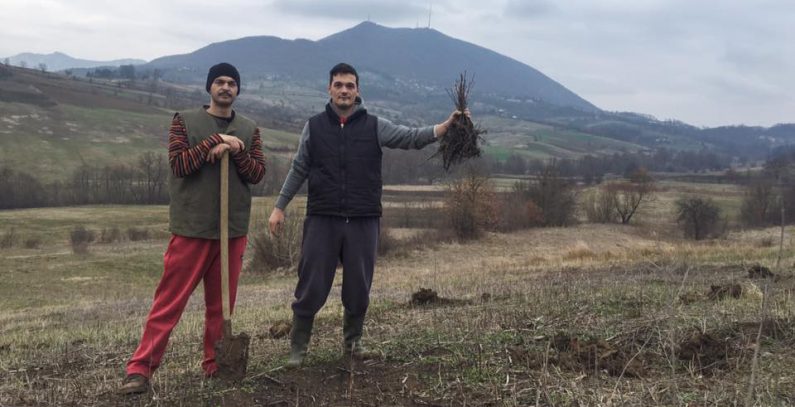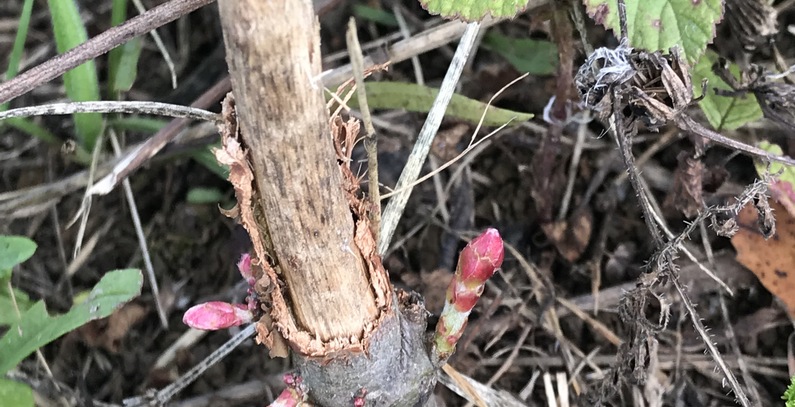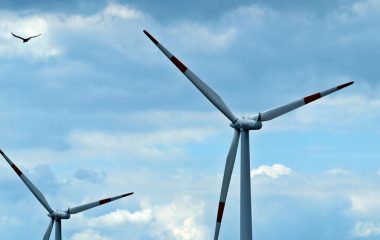
Photo: Stefan Drljača
Stefan Drljača, 32, is a videographer in Belgrade, Serbia who spends his free time on his land near the town of Čačak, where he is planting a forest for himself, his descendants – and for all of us. Forests renew our air supply, as they produce oxygen and absorb CO2, while they also prevent mudslides and are important for biodiversity, Stefan tells Balkan Green Energy News.
Forests regulate temperature, they are a source of biodiversity, and they are part of the solution to the climate crisis gripping the planet due to the use of fossil fuels and CO2 emissions. Depending on factors such as type and climate, a hectare of trees can absorb 1 to 10 tonnes of CO2 annually. In Europe, a hectare of forests absorbs about 200 tonnes of CO2 annually over 40 years.

The entire Šumadija district, where Čačak is located, used to be forested and even derives its name from the Serbian word for forest (šuma). And while large swathes of forest gave way to agriculture, urbanization and the mass migration of people to cities has left large areas of land unfarmed and suitable for forestation, Stefan says.
Stefan has lived around the Balkans. Born in Slovenia, he and his family lived in Banja Luka in Bosnia and Herzegovina for a while and he has been spending a lot of time in the village of Dučalovići near Čačak at the foot of the Ovčar and Kablar mountains in Serbia ever since he was a kid. It was in Dučalovići where he liked to plant bean and orange seeds as a little boy and watch them grow into something big and powerful.

The forest that Stefan is planting now was originally designed to be a northern red oak forest. The northern red oak, native to North America, is particularly attractive to Stefan because of the extraordinary visual effect its red leaves create in winter when there is snowfall. The effect is not that dissimilar to that of the weirwood tree from the epic fantasy Game of Thrones, he agrees.
However, exploring the topic, Stefan found that biodiversity is very important for a plantation to thrive, so alongside the northern red oak, he started planting other trees as well, including the black pine, the birch, and the linden, while he also brings and gets many saplings from abroad.

His story, which started with a Facebook status reading “We are making a forest, producing air for all of us!” attracted media attention and reached Sreten Smiljanić from the village of Ljubiš on Mt. Zlatibor, who himself planted a forest on some five or six hectares of land and who donated 100 saplings from his tree nursery to Stefan.
Stefan is planting his forest on a slope, which he expects to help avert mudslides in the future. Given the growing numbers of roe deer, pheasants, and rabbits in the Čačak area, Stefan expects his forest to become a habitat for different species of animals, plants, insects, and fungi.
“If I manage to defend it from rabbits,” Stefan says as he laughs showing us a picture of the damage a bunny can do to a young tree.

You can plant a forest, too
Individuals in Serbia seeking to plant trees have various options at their disposal. For example, an owner of at least 500 square meters of land suitable for forestation is eligible to receive free saplings from the Forest Administration, part of the Agriculture, Forestry, and Water Management Ministry.
At the same time, a campaign run by the EU Delegation to Serbia, the EU info network in Belgrade, Niš, and Novi Sad, the EXIT Foundation, and OPENS 2019 is accepting applications from volunteers to help plant trees at three locations in the province of Vojvodina this fall.









Be the first one to comment on this article.